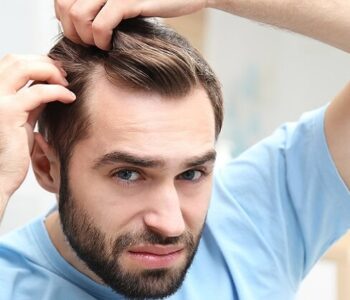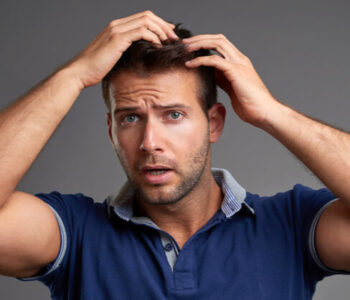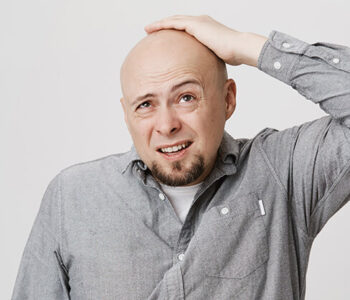In 30 seconds…
Finasteride is an effective medication to treat hair loss and is generally safe. Studies have shown a small risk of side effects ranging from dizziness and hand swelling to sexual issues and low mood. However, these side effects occur in under 2% of cases and often resolve after stopping the medication. There are some steps you can take to reduce the side effects but, ultimately, the only guaranteed method is to avoid taking finasteride altogether.
By the age of 50, 85% of men will have significantly thinner hair. But for those with a genetic susceptibility, hair loss can start decades before that. The most common reason for this is something called male pattern hair loss (aka androgenetic alopecia) and it’s responsible for a whopping 95% of all male hair loss.
It seems almost a question of “when” not “if” when it comes to hair loss. But don’t reach for the razor just yet- there is hope! A number of treatments have popped up over the years and, amongst a few damp squibs, we now have good, evidence-based options for sufferers of male pattern baldness.
One of the most popular treatments, called finasteride, has become a mainstay in hair loss therapy and the saviour of men suffering from male pattern hair loss. But while clinical trials have shown it to be over 87% effective, for a small number of guys, the side effects can hold them back from experiencing the joys of hair growth.
Read on to find out more about how finasteride works, the potential side effects and what you can do to can minimize the side effects from finasteride.
What is finasteride?
Finasteride is a medication that works by blocking the conversion of testosterone into the more potent dihydrotestosterone (DHT), which binds to hair follicles to cause shrinkage and trigger male pattern hair loss. It does this by blocking an enzyme called 5α-Reductase, and in doing so it can reduce DHT levels by over 60%, reducing the shrinkage effect of DHT on hair follicles.
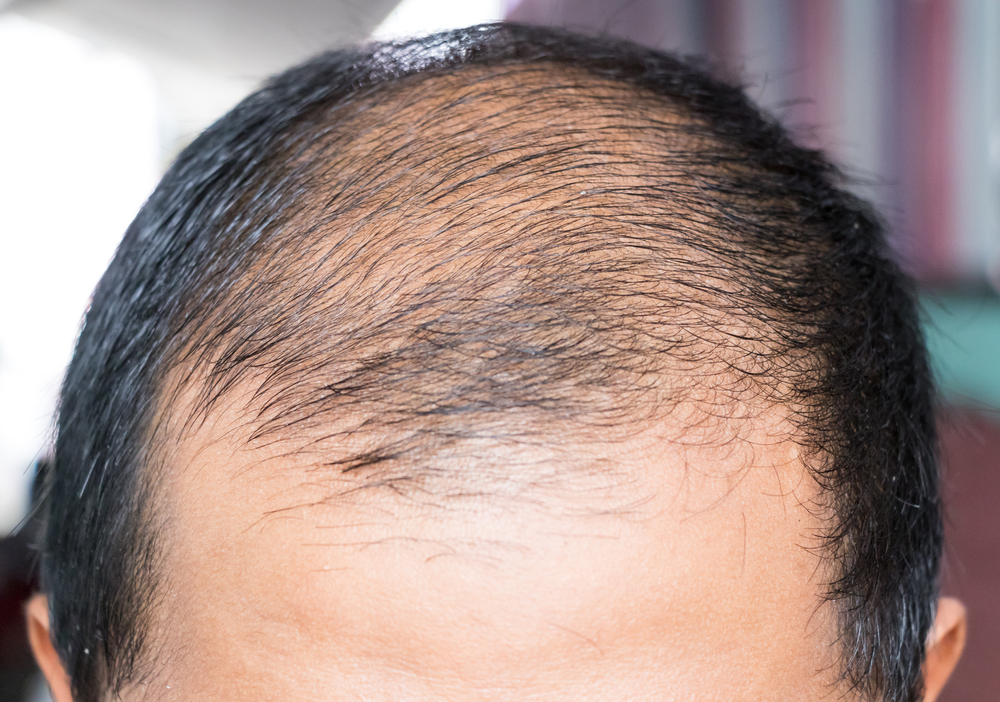
For hair loss, finasteride is taken as a daily tablet at a dosage of 1mg. You may have heard of the brand name Propecia- this is exactly the same drug, just with a fancier brand name! There is also a similar-sounding tablet called Proscar which contains the same active ingredient (but at a much higher dose of 5mg) and is used to shrink the prostate in men with benign prostatic hyperplasia.
Overall, studies have shown finasteride to be a safe and effective drug for the vast majority of men looking to treat male pattern baldness. But even though side effects are rare, they can still happen. Let’s look at what they are and how you can minimise them.
What are the side effects of finasteride?
As an FDA-approved drug licensed for medical use, finasteride has been well-studied and side effects are rare. Not everyone experiences them and, if they do occur, they’re usually temporary and mild.
Finasteride and Sexual Side Effects
The most notorious finasteride side effects are sexual problems. You may have even read about this before and, given the link between hair loss and confidence, the last thing you want to do is solve one problem and create a whole new one!
The US Food and Drug Administration (FDA) released a caution about finasteride back in 2012. This warned about the possibility of side effects in people taking finasteride, including decreased libido (sex drive), ejaculation disorder and orgasm disorders. Alongside the suggestion that these side effects could last even after finasteride has stopped being taken, it’s not surprising that this made the news.
However, it’s the FDA’s job to be cautious – and the evidence upon which they were working was far from overwhelming. Over 23 years, the FDA received only 421 reports of people experiencing sexual dysfunction following finasteride use, with 59 cases of side effects lasting for three months after the medication was stopped.
Whilst the FDA were right to draw attention to the possibility of these finasteride side effects occurring, the media response was not in proportion to the figures.
So, is it true that finasteride causes sexual dysfunction?
The evidence from the clinical trials of finasteride puts the conversation about its sexual side effects into context. It is really quite uncommon for these side effects to occur. We’re talking about one percent.
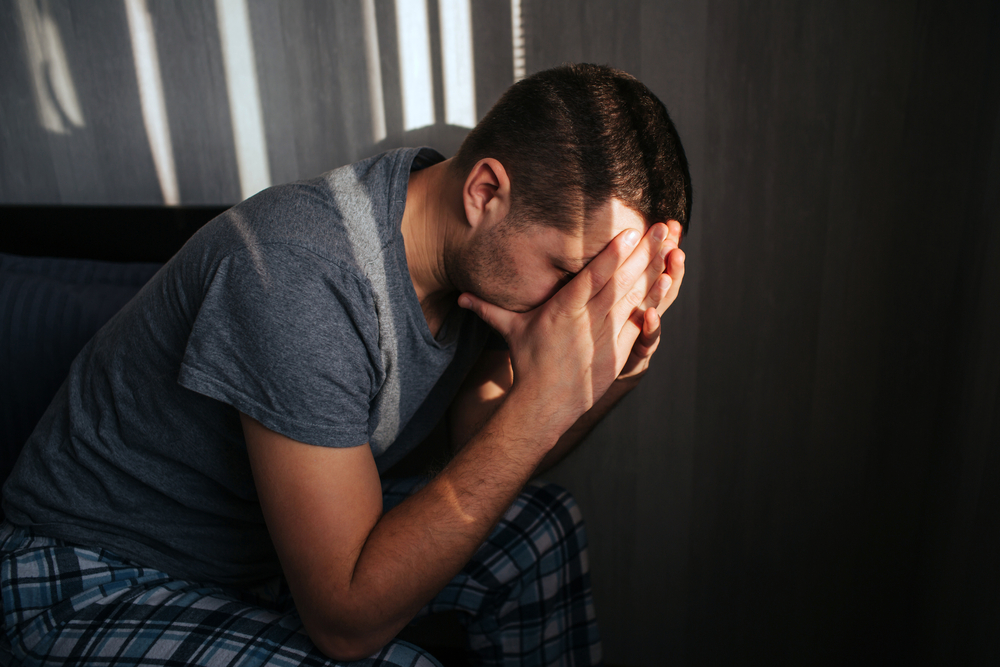
Also, according to a study analyzed by the NHS, which investigated over seventeen thousand cases, only 1.4% of men who took finasteride had persistent erectile dysfunction after they had stopped the drug. This study included those who had taken the 5mg dose for an enlarged prostate – for whom the side effects are much more likely than in those who take the 1mg dose for MPB.
The difference between the dosages is important. Whilst the 5mg dosage has been found in a review of studies to be connected to an increased risk of sexual dysfunction, for the 1mg dose there is no such correlation. In fact, the review found that there is no statistically significant connection between finasteride for MPB treatment and these side effects. So, you can rest assured that the volume surrounding these side effects is more sound than substance.
Finasteride and prostate cancer
A famous study released in 2003 showed that, whilst people taking Finasteride were 30% less likely to develop prostate cancer, they were potentially more likely to develop “high-grade” prostate cancer.
Since this headline-grabbing study, however, there has been further research. Following up with Finasteride users after nearly twenty years, one study found that finasteride lowered the risk of prostate cancer by a third, compared to those who did not use the drug.
If you have existing problems with your prostate, it’s worth knowing that finasteride can lower the levels of prostate-specific antigen (PSA), which is often measured in blood tests to diagnose prostate problems or check response to treatments. If you are tested for such problems, tell your doctor or healthcare provider that you are taking finasteride so they can interpret your test results correctly.
Other side effects
There are a few other less common side effects, such as:
- Chills and cold sweats
- Dizziness, light-headedness or confusion
- Tenderness or swelling around the face, hands, or feet
- Breast enlargement or tenderness
- Skin rash or redness
- Unusual changes in weight
Serious side effects
Thankfully, serious side effects of finasteride happen in less than 0.1% of cases, but it’s still worth being aware of them.
Please speak to your doctor if you notice:
- Breast tenderness, lumps or pain in your chest area or nipple discharge – these may be signs of breast cancer
- Low mood, depression or thoughts of self-harm
In rare cases, an allergic reaction to finasteride may cause a serious condition called anaphylaxis. If you’ve ever had a reaction to finasteride or any other ingredients in the tablets, please speak to your doctor before starting it.
How to reduce side effects of finasteride
A common question we get is whether it is possible to reduce the side effects of oral finasteride whilst still taking the drug. Ultimately, while there are some see suggestions about this online, the answer is one you might not like to hear: the only way to fully reduce the side effects is to avoid finasteride completely. Because finasteride reduces DHT levels, if you stop taking finasteride then you’ll kickstart the hair loss process again.
With that being said, there are other options to explore before you stop taking it altogether.
Consider a lower dose
While the standard treatment is a daily dose of 1mg oral finasteride, studies have shown that a reduced dose can still provide some benefit. This will probably reduce its effectiveness but, in individuals who are particularly sensitive to its effects, could also reduce the side effects.
The half-life of finasteride is around 6-8 hours so it’s still worth taking it everyday (and remember not to “double up” if you’ve missed a day), but the specific dosage could be adjusted if you’re worried about potential sexual side effects or otherwise.
Before making any changes to your dosage, please speak to your doctor!
Try topical finasteride
While finasteride tablets are the recommended treatment option, there is always the option of trying topical finasteride. While not yet licensed by the US Food and Drug Administration (FDA), studies have shown that it appears to be effective – and safe – in the treatment of MPB.
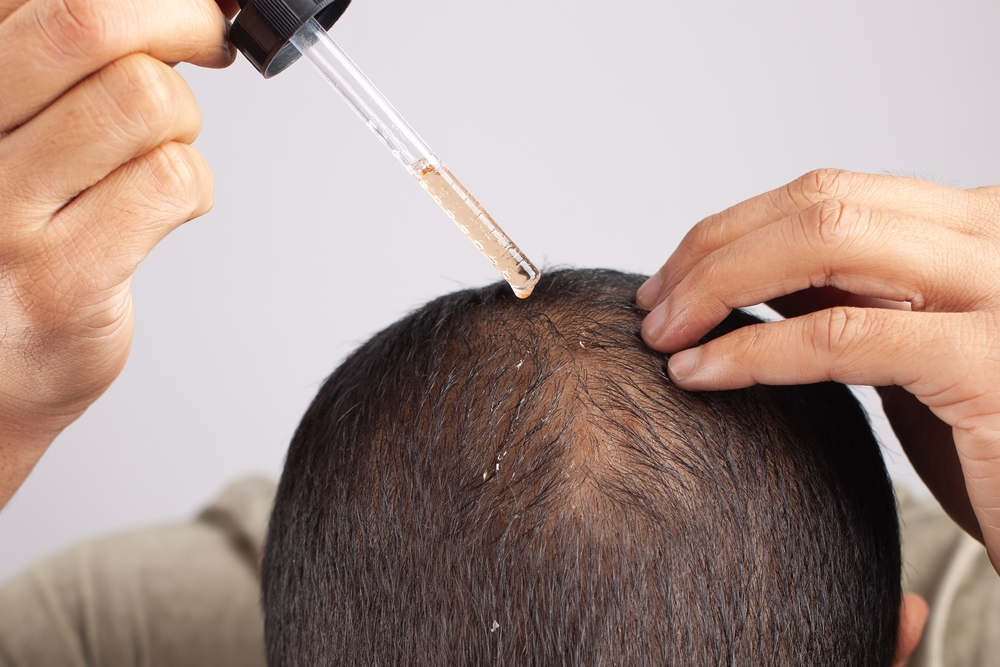
Like other medicinal solutions for hair loss – such as the Minoxidil solution – topical finasteride is applied to the scalp, as a spray or lotion. While this makes the process of application slightly trickier than oral medication, it does potentially reduce the amount of finasteride getting into the bloodstream, where it can cause side effects.
As yet, we don’t have enough evidence to fully support this and topical finasteride isn’t widely available, but it’s worth considering if you’ve tried other options. If you like the idea of a topical treatment, we’d probably recommend topical minoxidil, as it’s been studied more thoroughly as an effective hair loss treatment.
Manage your lifestyle
A healthy lifestyle – including exercise and a balanced diet – may help to improve the effects on sex life, such as reduced libido and erectile dysfunction. It also helps to cut down on cigarettes and alcohol. And of course, ensuring that you take the medicine as prescribed helps you avoid potential side effects.
Treating the sexual side effects
Some newspapers have reported that the sexual side effects cannot be treated with ED medications like Viagra or Sildenafil. However, there isn’t really enough evidence to support this assessment. Moreover, there are no known interactions between the two drugs, but if in doubt you can consult the Manual clinicians – this is a common query we handle on a daily basis.
Alternatively, you could take a different hair loss medication such as minoxidil, which is a topical product. Indeed, the two work very well together as a holistic treatment for MPB.
Monitor your symptoms
While it won’t stop side effects from happening, it’s important to monitor your symptoms while taking finasteride and report any changes to your doctor. This can reduce the impact of any side effects on your life and ensure prompt treatment, if any is needed.
Who shouldn’t take finasteride?
Oral finasteride is a fantastic option for treating hair loss in men, but it’s not for everyone. In particular, you should avoid taking finasteride if you:
- Have previously had an allergic reaction to finasteride
- Have severe issues with your bladder or liver
- Are trying for a baby or have a pregnant partner (finasteride passes into semen and can cause issues in the unborn baby)
Finasteride is also not recommended for women with female pattern hair loss or for anyone under the age of 18.
If you have any concerns about whether you should be taking finasteride, please speak to your doctor. Finasteride isn’t thought to interact with any prescription drugs, but if you’re taking any other drugs (including herbal remedies) then please check with your doctor or pharmacist- it’s better to be safe!
Key takeaways
Finasteride is a safe and effective drug to treat hair loss in the majority of men. While side effects are rare (and usually temporary), a small proportion of men experience sexual side effects and there have been isolated cases of more serious side effects like allergic reactions and breast cancer. If you’re worried about the side effects (especially those that affect your sex life), remember that the low dosage used for MPB makes them highly unlikely in any case. As ever, if in doubt, please consult a healthcare professional.
If you’re looking to reduce the side effects from finasteride then there are some steps you can take, such as exercising regularly, eating a healthy diet and trying a lower dosage. Ultimately, the only way to guarantee zero side effects is to avoid finasteride altogether.
If you are thinking of stopping, or are considering starting finasteride, there are alternative treatments like minoxidil to consider.
While we’ve ensured that everything you read on the Health Centre is medically reviewed and approved, information presented here is not intended to be a substitute for professional medical advice, diagnosis, or treatment. It should never be relied upon for specific medical advice. If you have any questions or concerns, please talk to your doctor.




